Chris Dodkin
West Coast Correspondent
Film has been shot, and scanned, and the results are in! 
Here's the camera - Canonet 28, 35mm rangefinder from the early/mid 70s.
The lens is a fixed 40mm f/2.8 Canon lens. It has fully programmed auto exposure with shutter speeds from 1/30 to 1/600 (shown by the meter's needle in the viewfinder), and manual control of f-stops for flash (f2.8-f16).
The film speed range for auto exposure is from 25 to 400 ASA. It uses a Copal leaf shutter and has a coupled rangefinder. It was made in Taiwan (Canon switched production from Japan to save $$$).
It has a great idea for a light meter - A CdS photo cell above the lens within the filter ring, so when you put on a filter, the auto exposure is automatically adjusted for that filter - neat!

The camera needed cleaning, but other than that it worked just fine - the meter still worked!
I used expired Ilford Pan-F (50 ASA) - Thanks to Pete for the suggestion - And had it developed and scanned at the local 'pro imaging' place in Carlsbad (North Coast Photographic).
I held a yellow (2K) filter in front of the lens to assist in the tonality of the images.
Here are my 3 frames, illustrating my new home - California:

Lifeguard Station 29 - Carlsbad State Beach

20th Century City - Century City, Los Angeles.

Palms Towards The Sun - Early morning in Costa Mesa.
All three shots were taken on the same day, as I drove around SoCal for work.
All in all a very pleasant experience, and I'm loving the scans I get from the Pan-F film.
The camera was challenging, because I had to actually think about everything before each shot - shutter speed and consequently aperture and DOF - Focusing (I failed to focus at all on 3 out of the 36 frames!) - Composition through the viewfinder with potential parallax errors - No review on the camera back (I found myself automatically looking at the back of the camera to confirm the shots I'd taken).
The fixed lens was also a challenge, and at 40mm was a narrower field of view than the 24mm I'm used to using at the moment on the DSLR.
I enjoyed it so much I bought a second, higher grade Canonet, the GIII QL17 - and will be trying that out in the near future.
Here's the camera - Canonet 28, 35mm rangefinder from the early/mid 70s.
The lens is a fixed 40mm f/2.8 Canon lens. It has fully programmed auto exposure with shutter speeds from 1/30 to 1/600 (shown by the meter's needle in the viewfinder), and manual control of f-stops for flash (f2.8-f16).
The film speed range for auto exposure is from 25 to 400 ASA. It uses a Copal leaf shutter and has a coupled rangefinder. It was made in Taiwan (Canon switched production from Japan to save $$$).
It has a great idea for a light meter - A CdS photo cell above the lens within the filter ring, so when you put on a filter, the auto exposure is automatically adjusted for that filter - neat!

The camera needed cleaning, but other than that it worked just fine - the meter still worked!
I used expired Ilford Pan-F (50 ASA) - Thanks to Pete for the suggestion - And had it developed and scanned at the local 'pro imaging' place in Carlsbad (North Coast Photographic).
I held a yellow (2K) filter in front of the lens to assist in the tonality of the images.
Here are my 3 frames, illustrating my new home - California:

Lifeguard Station 29 - Carlsbad State Beach

20th Century City - Century City, Los Angeles.

Palms Towards The Sun - Early morning in Costa Mesa.
All three shots were taken on the same day, as I drove around SoCal for work.
All in all a very pleasant experience, and I'm loving the scans I get from the Pan-F film.
The camera was challenging, because I had to actually think about everything before each shot - shutter speed and consequently aperture and DOF - Focusing (I failed to focus at all on 3 out of the 36 frames!) - Composition through the viewfinder with potential parallax errors - No review on the camera back (I found myself automatically looking at the back of the camera to confirm the shots I'd taken).
The fixed lens was also a challenge, and at 40mm was a narrower field of view than the 24mm I'm used to using at the moment on the DSLR.
I enjoyed it so much I bought a second, higher grade Canonet, the GIII QL17 - and will be trying that out in the near future.
Last edited:

